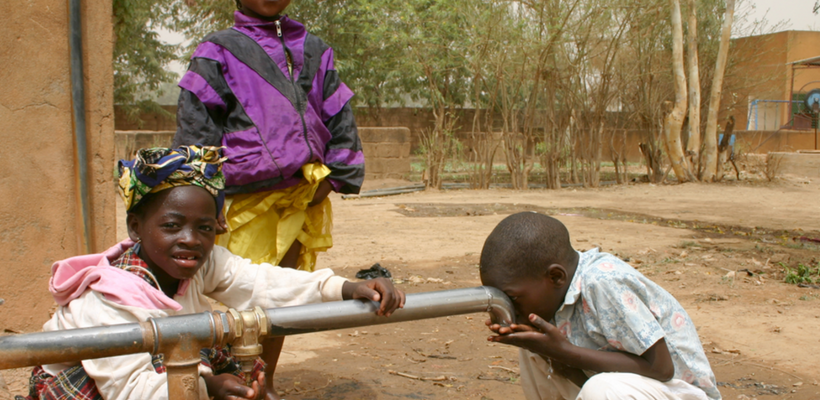This blog post was originally published on the Global Health Technologies Coalition’s Breakthroughs Blog.
Typhoid may seem like a distant memory in industrialized countries, but for many low- and middle-income countries (LMICs) it continues to cause millions of illnesses and about 150,000 deaths per year in endemic areas and during outbreaks. Spread through contaminated food and water, typhoid typically burdens young children and adolescents under the age of 15. Recently, we have witnessed several outbreaks, including those in Zimbabwe, Zambia, and Pakistan, where thousands of typhoid cases have been reported.
Without treatment, typhoid can cause serious short- and long- term complications, and even lead to death. While antibiotic treatment has greatly improved outcomes in typhoid patients, the effectiveness of antibiotics is becoming increasingly limited. The World Health Organization (WHO) has called antibiotic resistance one of the biggest threats to global health today, and treating typhoid is no exception. Drug and multi-drug resistant typhoid has been increasingly reported in LMICs in Southeast Asia and sub-Saharan Africa where typhoid burdens are highest, and treating drug-resistant typhoid may become prohibitively expensive.
Read more at the Breakthroughs Blog.



